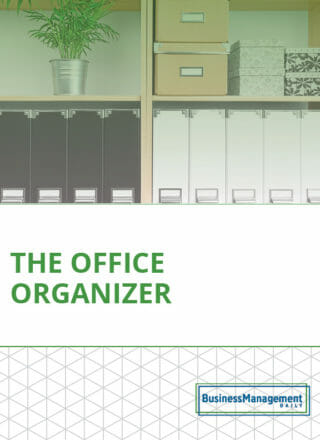10 steps to better minute-taking
 Taking minutes wasn’t getting any easier for Terri Michaels, even after years of practice.
Taking minutes wasn’t getting any easier for Terri Michaels, even after years of practice.
“I had become wordy, and the minutes were sometimes eight pages. Each new director or company wanted them done differently,” she says.
Finally, she enrolled in a workshop, and things changed. She learned that to take better minutes, “I had to adjust my listening skills and thinking patterns, and home in on what was really being discussed.”
Now she uses these 10 best practices:
1. Ask yourself, as you’re taking notes, “Will it matter in two days, two weeks, two months, two years?” If yes, include it. “I still find myself putting things in my draft that do not matter and later removing them,” Michaels says.
2. Summarize. Don’t record conversations word for word.
3. Do record motions word for word, and indent them for easy scanning. Example: Mr. Hurst made a motion to approve the 2008 final ranking list. Seconded by Mr. Goodhart.
MOTION CARRIED
4. Use keywords vs. sentences. Tip: Record minutes in a steno pad. On the left side, write keywords; on the right side, make short notations on the keywords. Want the notes to stick in your memory? Write on a color pad.
5. Keep emotions out of the minutes—yours and those of attendees. Example: “Mr. Smith, exasperated by the discussion, left the room.”
6. Be an active listener. “If someone makes a motion and you didn’t hear it clearly, interrupt the meeting and ask,” Michaels says. “If you don’t understand something being discussed, but you can’t interrupt the meeting, make a note on your pad to ask the chairperson about it later.”
7. Reflect accurately the order of the discussion, even if doesn’t follow the agenda. “These are legal, historical documents, and you are the one who took those notes,” she says. “You never know when you will be asked about a meeting.”
8. Take your laptop for minute-taking. It’s an extreme timesaver.
“Listening to the meeting while recording it and then listening to it again to complete the minutes was double duty,” Michaels says. “Now I save time by typing keywords, short sentences and notations into the agenda. And I use the Dictaphone machine as a backup.”
9. Create bulleted lists when recording a list of comments, suggestions or concerns.
10. Streamline your sign-in sheet. Michaels uses a three-column template: The first column lists all staff and attendees. Attendees initial the second column and mark their arrival times in the third column.
“Two days before the meeting, I ask staff if any guests are coming, and I add them to the sheet. The morning of the meeting, I put it by the door with a pen and a ‘Please sign in’ sign. At the start of the meeting, I ask the chairperson to announce for all attendees, including board members, to sign the sheet.”




